
Fashion weeks, Vogue covers, high budget campaigns. This is what we usually imagine when we think about “fashion.” It is a surface picture restricted to a specific canon: a highly lauded, small, shiny, privileged part of what is a much larger industry. This view disregards the exploitation happening in sweatshops, washes away the pollution caused by the industry, and sweeps the wastefulness of fast fashion consumption under the rug. It also overlooks less glamorous corners of the industry, such as local dress cultures, the counterfeit market, or also the up-and-coming markets for gender-neutral or plus size clothing, and adaptive wear. The same limited view of the industry also shapes much of fashion education, which is a problem.
“Most students successfully graduate fashion school without ever attempting to design clothing for a body that isn’t thin, let alone non-binary or disabled.”—Dr. Ben Barry
In her 1998 book British Fashion Design, Rag Trade or Image Industry?, for instance, Professor Angela McRobbie pointed out how British curricula ignored raising issues of sexism, classism, and racism in the fashion classroom. Twenty years later, at a 2018 conference, UK fashion researcher and educator Tanveer Ahmed continued to call out this curricular gap and how it contributes to the Eurocentric, capitalist, and patriarchal industry that most of us envision as fashion. Fashion education plays a fundamental role in guiding future decision makers. And with the right guidance, students could engage in overlooked issues of gender, class, and race. They could fundamentally question the industry they are about to get involved in—an industry that actively perpetuates social inequalities, cultural appropriation, and stereotypes.
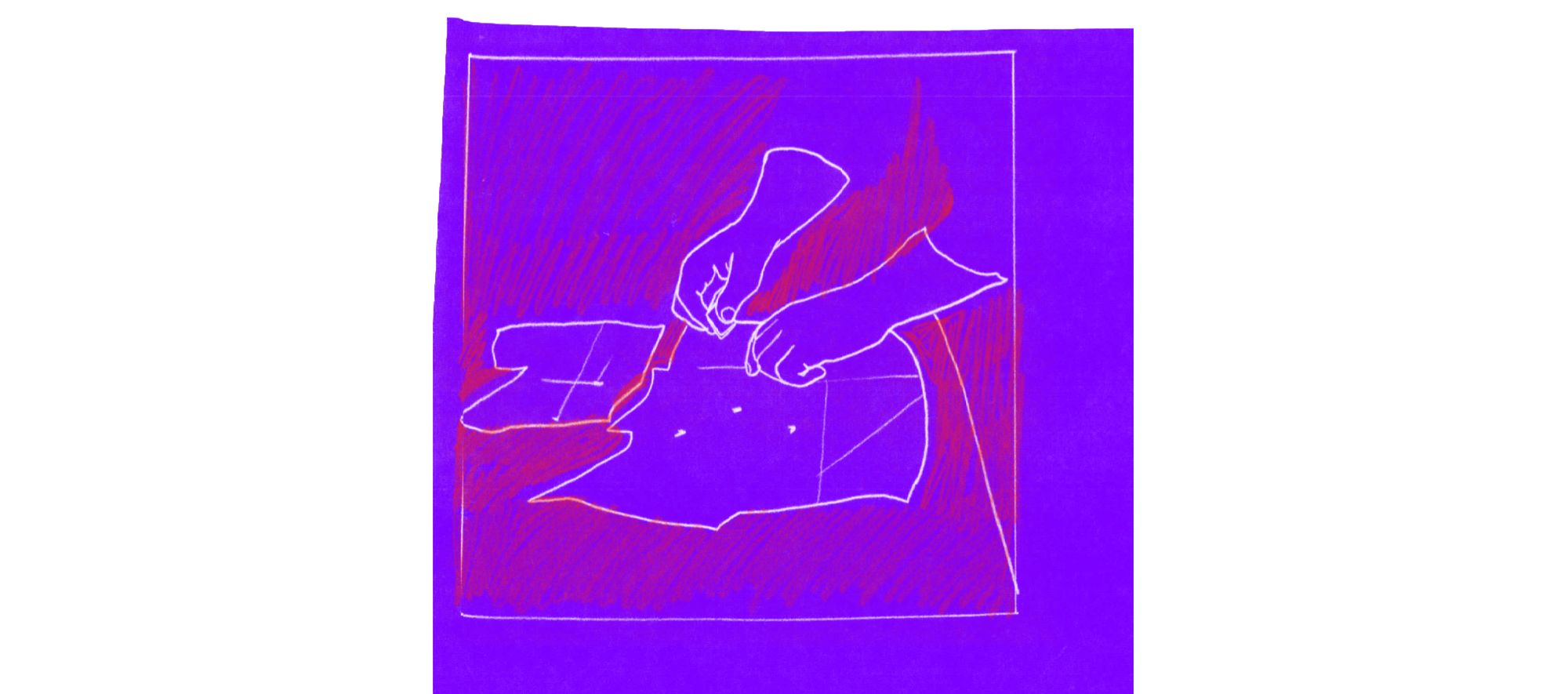
“Most students successfully graduate fashion school without ever attempting to design clothing for a body that isn’t thin, let alone non-binary or disabled.” Dr. Ben Barry, who is Chair and Associate Professor of Equity, Diversity and Inclusion at Ryerson University in Toronto, commented in a recent op-ed. By not teaching students how to work with people beyond the binary, with bodies beyond size 12 (40 EU/8 US), or with people with disabilities, fashion education plays into the exclusion of certain bodies and identities and the strict separation between “womenswear” and “menswear” so prevalent in the industry at large.
While, in recent years, many high-fashion and fast-fashion brands have been showing interest in representing a wider diversity of gender identities in their campaigns, a large majority still designs and sells products exclusively through their womenswear and menswear categories. Similarly, most fashion curricula teach according to these two specialisms. And even if some may allow room for alternatives, they rarely fundamentally question what it means to consider “men” and “women” as two distinct market categories in fashion.
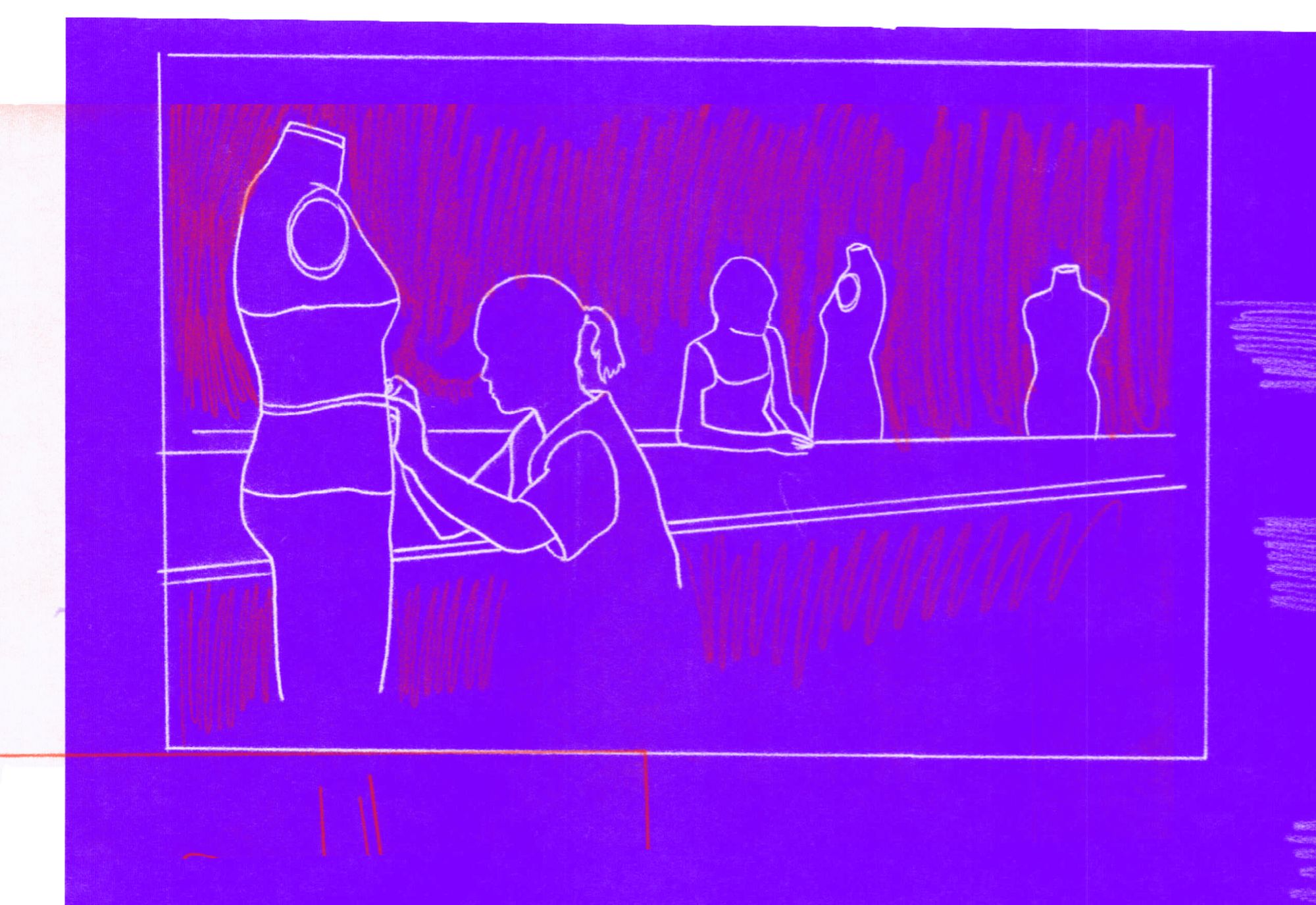
But there are those people in fashion education who start to throw up questions and challenge or change the system. I talked to educators and graduates about their experiences, fantasies, and frustrations relating to fashion curricula. The eight graduates I interviewed all graduated from London universities in 2020, namely from Central Saint Martins, Royal College of Art, London College of Fashion, and Goldsmiths. Four of the educators I spoke with teach at these colleges and another teaches at the Lasalle College of Arts in Singapore. While some of these courses are in fashion design, I also considered the different roles that contribute to the making of fashion discourse and therefore included graduates from fashion curation and public relations.
This text won’t propose a curriculum for genderless or gender fluid fashion. Rather it wants to inspire a thought process. On how education could address the complex role of fashion in shaping our understandings of gender. And particularly, on how it could do so by breaking with the rigid binary of womenswear and menswear.
Extra Resources, Extra Work
Most of the resources and technologies available in fashion classrooms reflect the industry’s standardization of bodies. Ben Barry, for instance, points to the mannequin as one example. Mannequins are generally designed to mimic the stereotypically “hourglass or v-shaped physiques” used for fitting womenswear or menswear respectively. Through such standardization, the real body of the wearer is removed, only referred to by a remote stereotype of a potential consumer. These stereotypical market design fantasies render the multitude of body shapes, lived experiences, and identities distant, invisible, and “other.”
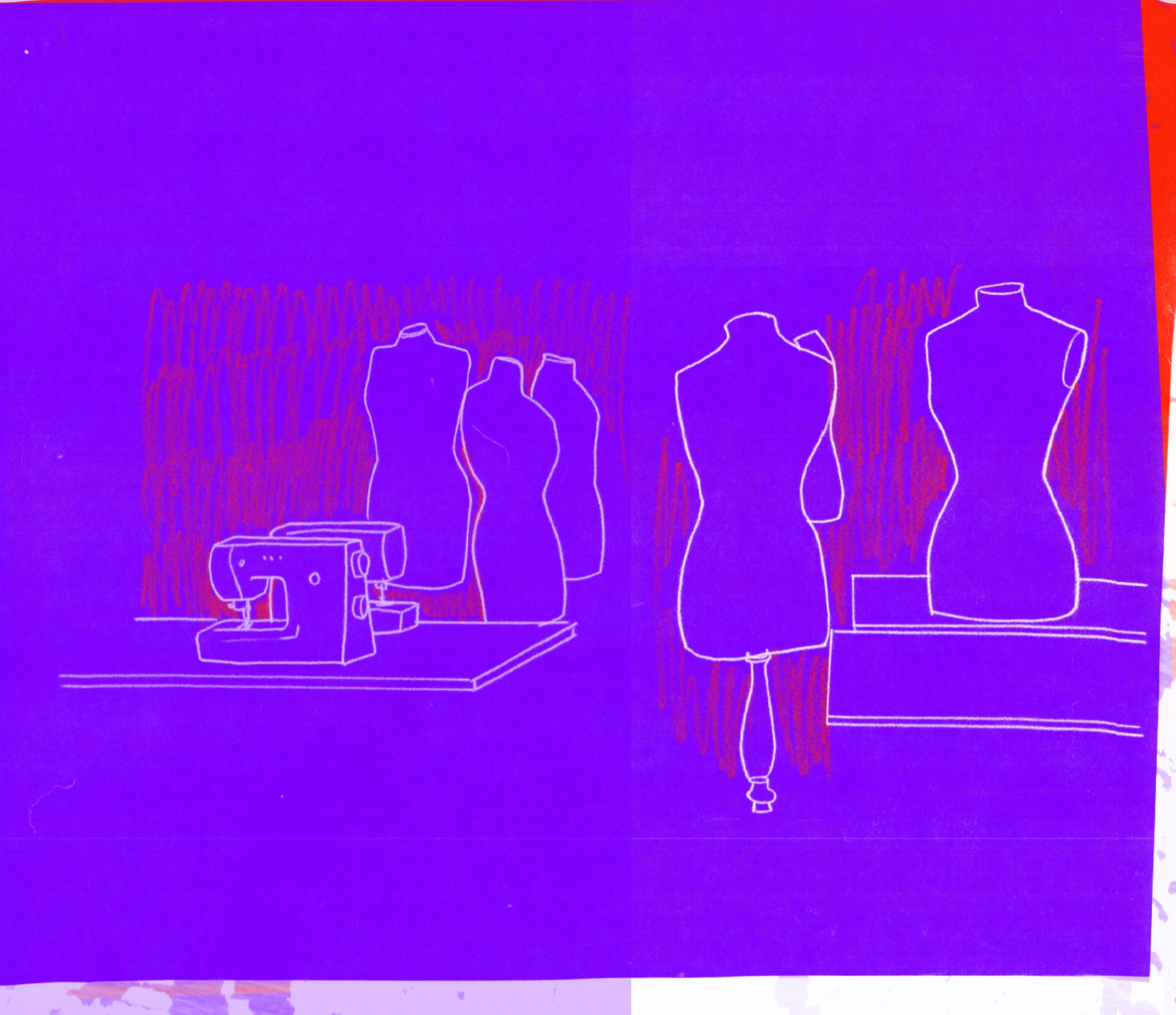
A recent fashion graduate told me a perfect example of this distanced “otherness” between producers and consumers. It is a rather typical story of co-option: On the facade of a fast-fashion brand store, they once saw a campaign with a trans woman model wearing high heels. Yet, they knew that this brand does not sell high heeled shoes over size 9 (42 EU/11 US), which for many trans women is too small. Clearly the brand wanted to look inclusive but did not do the actual work of making their products accessible to trans women.
In a discipline so close to the body and so impactful to our identities, it seems crucial for education to enhance the impact of fashion discourse on how we relate to certain identities and not others. It must also question the way these discourses are being produced and made available to us.
Tanveer Ahmed calls for pluralising narratives and diversifying resources, which also concerns textbooks, study cases, and reading lists. There are the textbooks that represent mostly white, thin, and stereotypically-gendered bodies, and there are the libraries that need to reconsider whose stories are being told and how. These suggest to students who to look up to and what to consider as “fashion.”
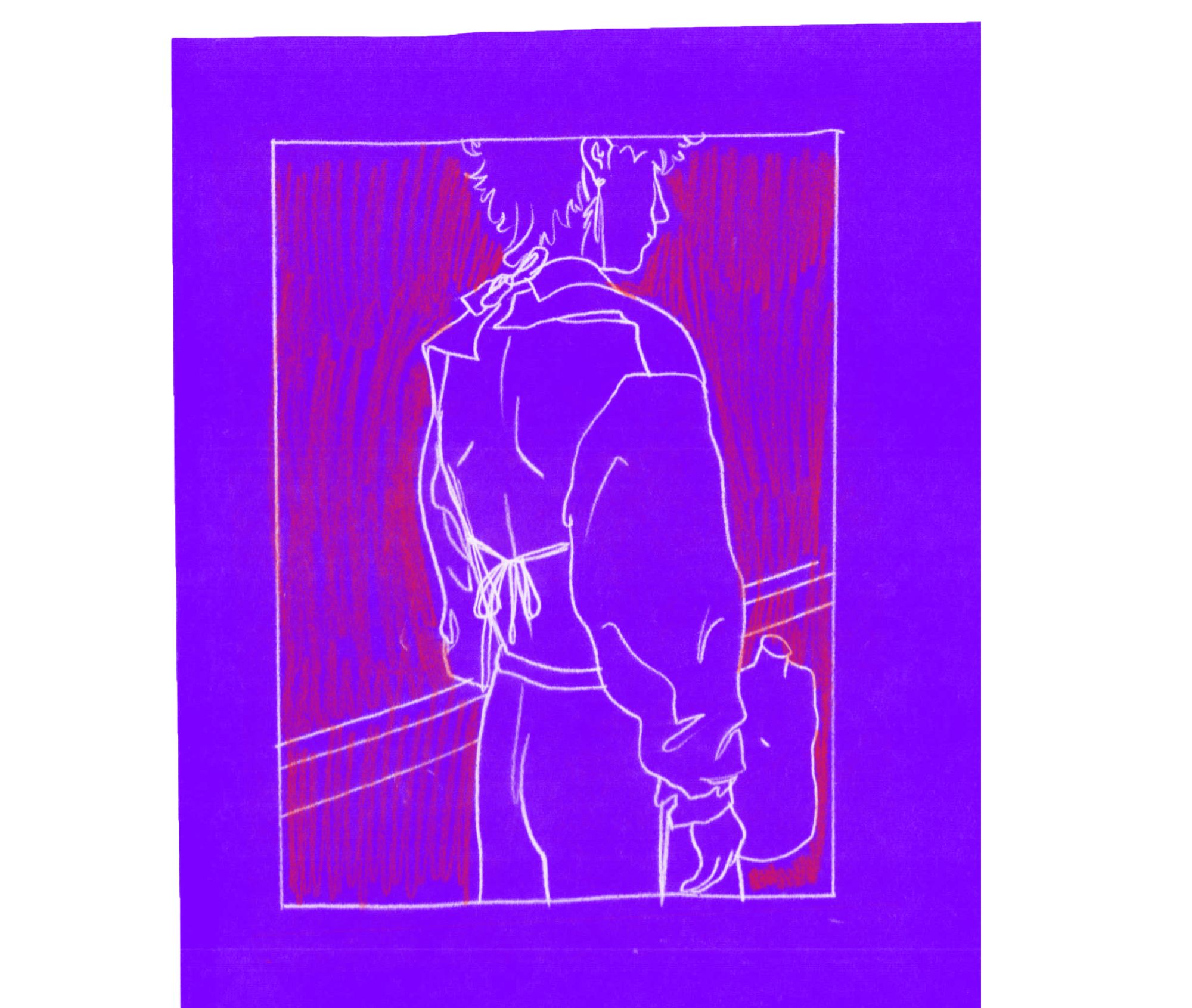
Diana Canghizer graduated from the BA (Hons) in Fashion Design and Development at the London College of Fashion with a collection called “Genderless.” When I talked to her, she highlighted that the templates readily available for pattern-cutting at LCF ateliers were limited to womenswear and menswear only. And so, whilst students working on a womenswear or menswear collection were able to directly start working from available templates, Canghizer had to spend weeks solving technical solutions for designing patterns that can fit diverse body shapes. What struck me while discussing with Canghizer was the growing number of students she mentioned who plan to graduate with gender-neutral collections in this same course. Is the technical team going to share Canghizer’s gender neutral templates with future students? Or does each new generation of students now need to do the extra work of figuring out how to diverge from the womenswear/menswear pattern paradigm? And if the former, what will Canghizer’s credit or compensation be for her contribution?
“What if universities integrated gender-neutral patterns as standard in their curricula instead of treating them as something ‘extra’?”
Canghizer’s anecdote is one of several stories I heard of students who all needed to do a little bit more work, simply because they were working beyond established standards. It is their determination and extra labor that foreshadows the important work these universities are yet to do. This extra bit of work by these students needs to be taken seriously. The exhaustion that their additional labor causes may well contribute to the further marginalisation of these practices. These students feel like they are reinventing the wheel. And each one is under the impression that they are the only one doing so. But what if universities integrated gender-neutral patterns as standard in their curricula instead of treating them as something “extra”?
Pulling at the Binary Root-System of Fashion
The 2020 graduation show by the MA Fashion Design at Royal College of Arts in London featured the usual suspects: womenswear and menswear. But it also introduced four more categories: humanswear, uselesswear, adaptivewear, and workwear.
The category “humanswear” was initiated by Sissel Karneskog, whose graduation project “I am THEM” was categorised under that designation. Two years earlier, Karneskog had applied to the MA Fashion Design with a specialism in menswear. However, immediately after enrolling in the course, Karneskog started referring to their practice as humanswear. Soon, other students followed their example, identifying their work as such. And so, humanswear became a category on its own for the graduation show. Yet again, a change driven by students.
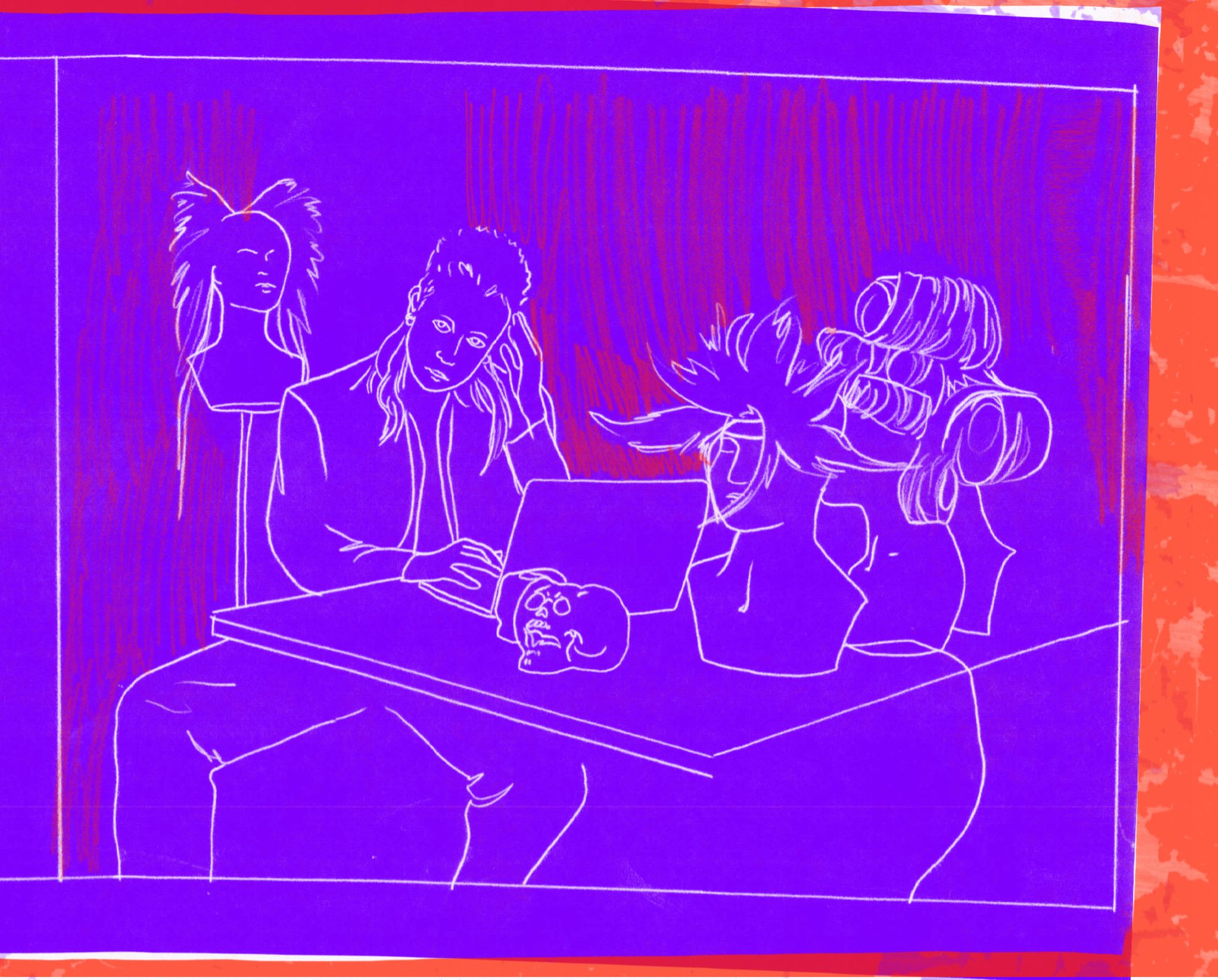
Students may form and inform curricula and a school’s references with their interests and demands. I spoke to Riccardo Pillon, for instance, a student of the MA Fashion Curation at London College of Fashion, who graduated with an exhibition project called “ConForming: A Sweet Revenge on Gender Norms.” While the college’s library offered options for classic queer theory, Pillon needed more recent literature on the topic of gender non-conformity. For this, Pillon loaned books from other libraries within UAL and the British Library. Pillon later suggested these additional titles to the LCF library, who was grateful for the contribution and has since considered integrating these books into to its catalogue.
All the universities have to do is listen, support, and react. However, this sometimes is not always as easily done. While in the exhibition and all connected publication materials Karneskog graduated in “humanswear,” the diploma they received still stipulated a specialism in “menswear”—to comply with bureaucratic requirements. The humanswear category may have made it to the show but not to the administration. And so, while the university showed an openness to diversifying fashion practices, it still only did so on the surface, in the communication materials and presentation moments the general public sees. But at its root, the gender binary prevailed.
“Exploring fashion beyond the dominant industry’s gender-binary canon is mostly constrained by the pressure of universities to provide ‘employable’ workforce to this precise industry.”
This binary root system of fashion is much harder to break apart. Many educators I spoke to highlighted that exploring fashion beyond the dominant industry’s gender-binary canon is mostly constrained by the pressure of universities to provide “employable” workforce to this precise industry. Hence, the graduates’ portfolios and certificates must communicate familiarity with the industry’s standards, and thus with the still very dominant womenswear/menswear division.
The contact between the fashion industry and students starts early. Many universities organise industry-led projects, often called “partnerships” or “sponsorships.” These usually consists of brands, for instance Urban Outfitters, sending in a task to students, for example for designing a collection of t-shirts. These projects often involve a competition, with awards or compensation given in the form of vouchers or internship-placements.
When I talked to Sissel Karneskog about these sponsored projects, they explained that in their experience, at the MA Fashion Design at Royal College of Arts, tutors would select students with practices that aligned with the respective industry partner. “I rarely got chosen for those!” Karneskog said, laughing. Karneskog’s graduation project revolved around their non-binary identity and its performativity through costume, wigs, and make-up. It is not a collection of commercial wearables, as they neither fit into the industry’s canon nor its standardised ways of production. However, it is exactly this questioning of standards in Karneskog’s work that could actually benefit an industry in dire need of solutions for more inclusivity.
“If those students who engage in critical practices are kept away from the industry, a self-fulfilling prophecy is created in which students are encouraged to comply with standards while industry partners are safeguarded from any critiques students might bring to the table.”
I have been told that the MA Fashion at RCA has been reducing these partnerships. Still, similar projects most surely prevail at other institutions. And there is potential in them. However, in catering too much to preconceived ideas of what industry partners are looking for, universities may well limit the true transformative power of students. If those students who engage in critical practices are kept away from the industry, a self-fulfilling prophecy is created in which students are encouraged to comply with standards while industry partners are safeguarded from any critiques students might bring to the table.
New Curricula for a More Self-aware Fashion Industry
In October 2020, the British Fashion Council declared that London Fashion Weeks will no longer be distinguished according to season and gender. With that two fundamental ordering principles of fashion shows have been called into question. However, there are other standards that still dictate the production of fashion, clothing size 36 as the ideal being one of them, and the very idea of a “collection” being another. As the industry is tentatively tugging at some of its tenets, it is in the classroom where imagining different ways of producing fashion could really fruition. And there are already some great examples to be found, most of which imply a more collaborative approach between the university, teachers, and students.
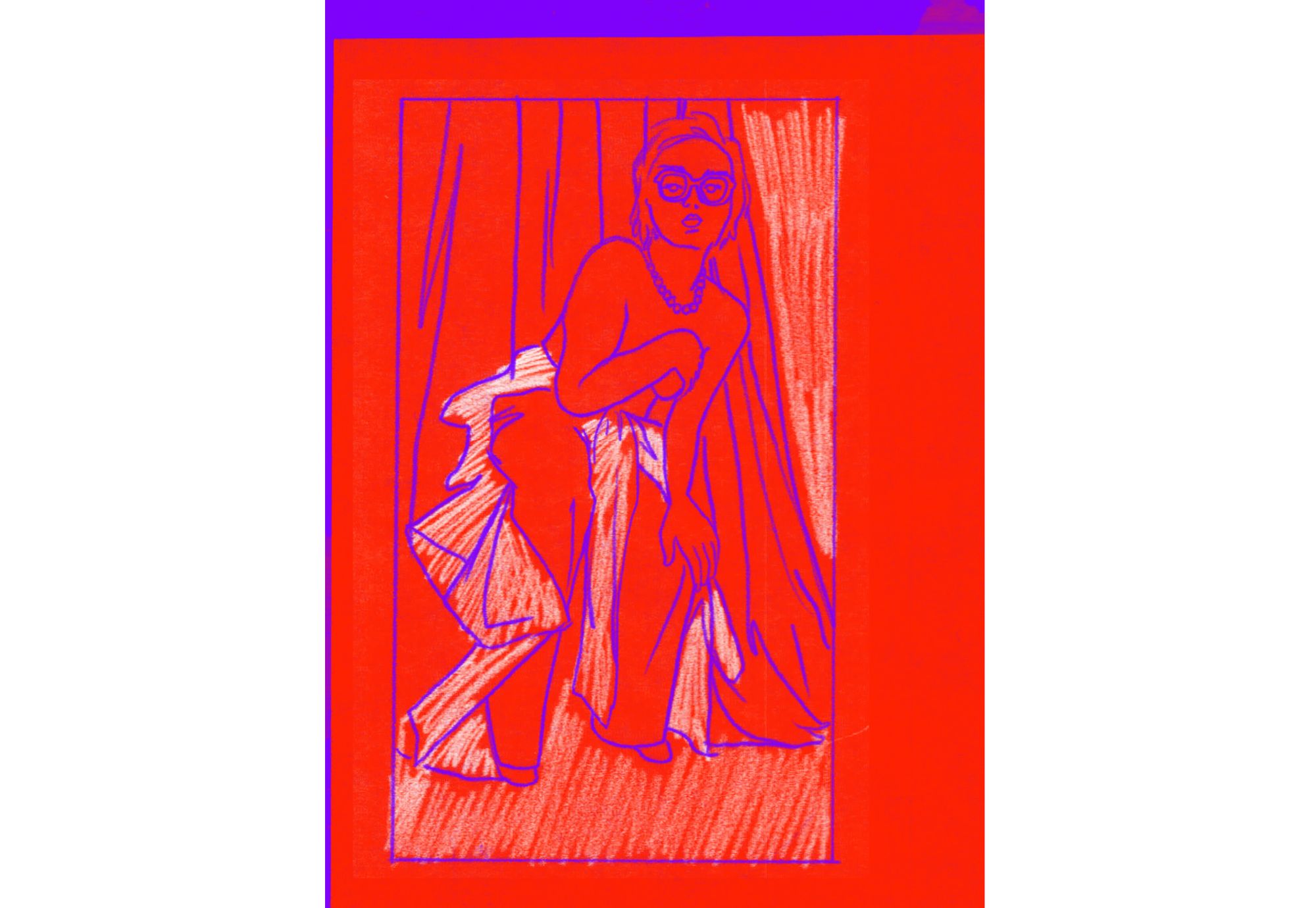
London-trained fashion designer Corneliu Dinu Bodiciu, for instance, was part of the restructuring of the curriculum for the BA Fashion Design and Textiles at the Lasalle College of Arts in Singapore, which was implemented in 2017. As he explained in a recent paper presented at a 2020 conference, the two pillars of the curriculum, womenswear and menswear, were replaced with a new structure that emphasised the diversity of techniques, ranging from traditional tailoring to draping, shadow wear, creative cutting, and more. To Bodiciu, this approach provides a broader range of skills and creativity in garment construction from which womenswear and menswear collections can always emerge.
Elsewhere, at Goldsmiths in London, the Studio “Fashions and Embodiment” of the MA Design: Expanded Practice stays quite distant from the industry’s canon. Ruby Hoette, leader of the course, aims to guide students in defining what fashion means to them, instead of what it means to the industry. The curriculum provides a frame in which students can explore their creativity and interest for fashion beyond the confine of a collection. In this course, it’s not required to graduate with a collection of clothing, instead students are encouraged to explore performances, materials, texts, films, thus giving value to any inquiries into how clothing, wearers, and designers relate. For Hoette, these are what she calls “expanded fashion practices,” that is, practices that expand our relation to fashion.
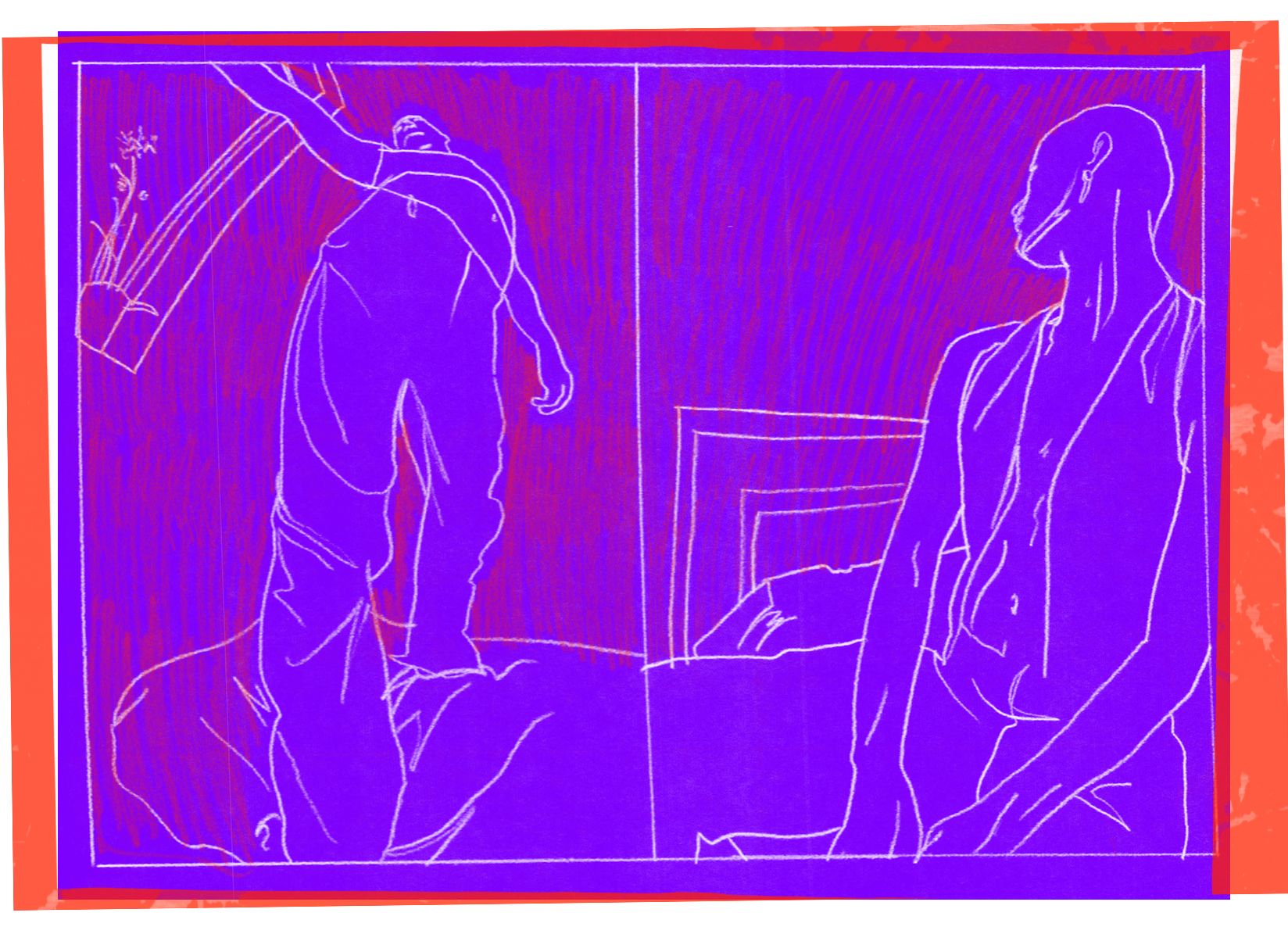
Similarly to Bodiciu’s approach, Hoette’s pedagogy teaches students creative skills rather than industrial protocols. The students’ skills and knowledge are not restricted to only one model. Such a curriculum may well make students more able to adjust to ever-changing industries and contexts. It trains students to situate their practices within a complex definition of fashion, reflect their role within different industries, and become aware of their contribution to producing certain imaginaries.
Coming back to the previously mentioned “otherness,” there are also those pedagogies that seek to bridge the distance between producers and consumers. These call for a stronger focus on biographies; both of the designer and of the wearer. The often-heard but seldomly-heeded question “who do you design for?” is herewith brought to the foreground, asking self-reflexivity of the designer, leading them to a better understanding of who inspires them and the impact their creations may have on potential wearers.
“Through such approaches, a garment is no longer conceived for an abstract, stereotyped idea of a human being, but for people whom the designers actually get to know and care about, people who they ultimately want to feel comfortable, safe, and confident.”
This is already being approached in different ways. At London College of Fashion, for instance, some courses require students to profile potential consumers with interviews. At Goldsmiths, Ruby Hoette invites students to take an almost ethnographic approach in exploring people’s relation to clothing. Ilya Parkins from the University of British Columbia in Okanagan, Canada, writes about linking feminist theory to practice which allows students to connect feminist concepts with their own lived experiences and the ones of people they know. Tanveer Ahmed, who teaches at Royal College of Art, proposes an exercise following bell hooks’ conception of love, in which students are invited to design for someone they know and love like a family member, a friend or a lover. Through such approaches, a garment is no longer conceived for an abstract, stereotyped idea of a human being, but for people whom the designers actually get to know and care about, people who they ultimately want to feel comfortable, safe, and confident.
But there is still much to do. The London fashion graduates I talked to all mentioned having had guest inputs or one-off lectures addressing topics such as gender or race, yet they also implied that these conversations were even more so enriched by the students themselves than the actual curriculum. They all affirmed having learnt a lot in their degree simply from the diverse backgrounds of their classmates, as they exchanged their own experiences of fashion and identity in relation to class, race, gender, or disability. This diversity within the classroom provides already so much to make use of. Right now one main industry has the monopoly on fashion education, however curricula could draw from the students’ personal experiences to pluralise narratives on identity—and in the end, fashion.
To break free from fashion’s narrow understanding of gender is maybe a matter of relocating our attention away from the billboards and catwalks towards our own relations to gender, those that we can find in the classrooms, in people’s homes, and in the flourishing community of trans, non-binary, and gender-nonconforming people. Let us learn from those who already live their private lives beyond the binary. Let them teach us how we can dismantle the gender binary in more structures of our society, including that of the fashion industry.
A warm thank you to all the educators and graduates with who I had fantastic conversations and whose names don’t appear in this piece.
A big thank you also to Corin Eliot Gisel for the great editing work.
Floriane Misslin (they/she) is a PhD candidate in Visual Sociology at Goldsmiths University of London. Their practice explores the design of research methods to study gender in design and fashion.
This text was produced as part of the Troublemakers Class of 2020 workshop.

















